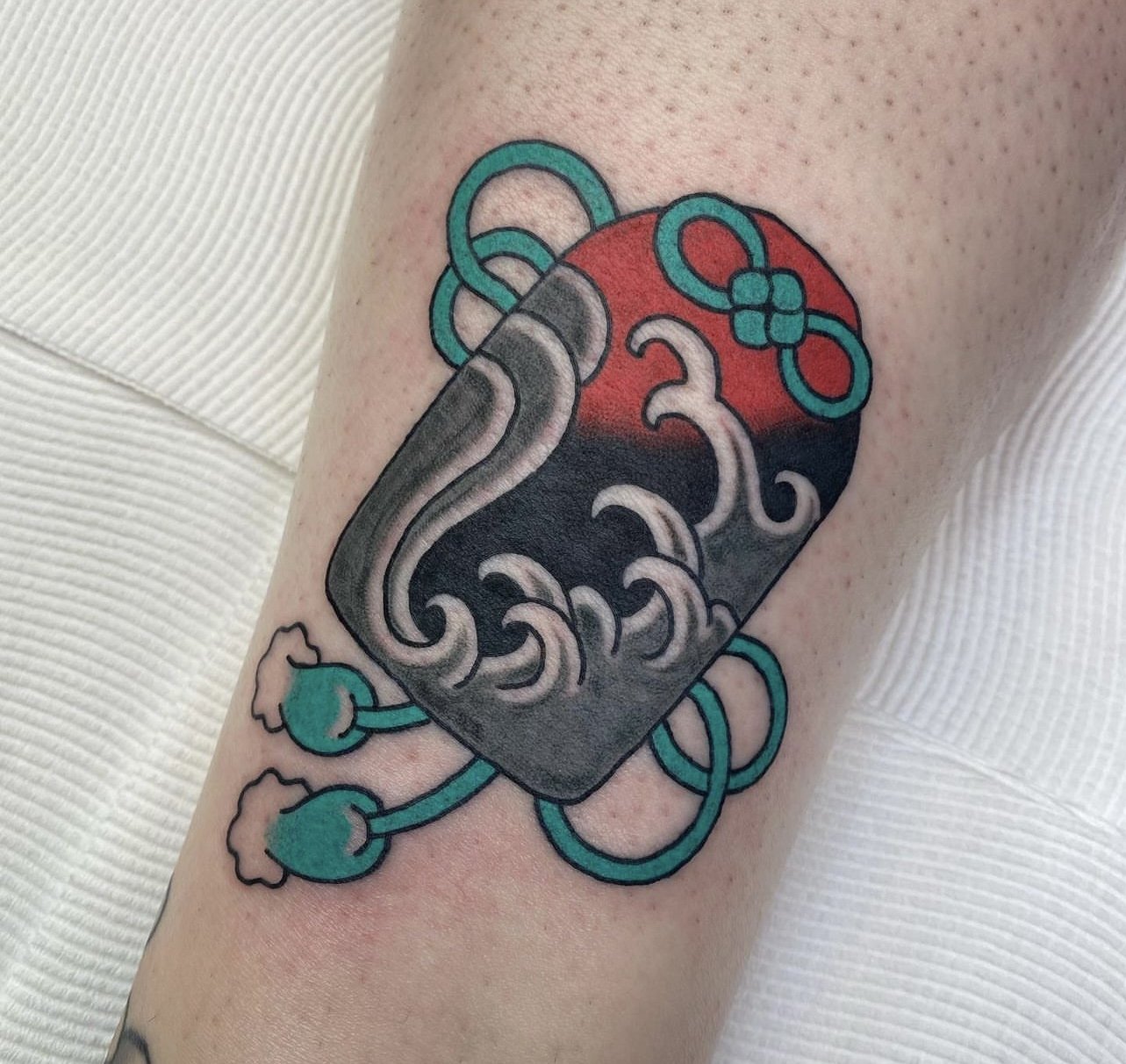Gordy recently got to tattoo one of the classics, a traditional clipper ship. Have a read below about the history and origin of this classic imagery.
Clipper Ship by Gordy Evelyn
History
Originating in the maritime culture of the 19th century, traditional clipper ship tattoos hold a storied history deeply intertwined with the experiences of sailors. As sailors spent months or years at sea, these tattoos became a way to commemorate their connection to the vessels that defined their livelihoods. Clipper ships, renowned for their speed and grace, were often depicted in full sail, symbolizing the sailors' resilience and affinity for the sea.
Traditional Tattoo Aesthetics
Traditional clipper ship tattoos are emblematic of the broader traditional tattoo style, characterized by bold outlines, limited color palettes, and iconic imagery. This style, also known as American Traditional or Old School, emerged in the early days of Western tattooing and remains popular due to its timeless appeal. The simplicity and clarity of traditional tattoo designs ensure their enduring relevance and recognition.
Navigating Modern Waters
Despite technological advancements and changes in maritime practices, traditional clipper ship tattoos continue to resonate as symbols of adventure and exploration. Whether adorning the skin of seasoned sailors or landlocked enthusiasts, these tattoos serve as reminders of the courage to navigate life's challenges and embrace the unknown.
Traditional clipper ship tattoos endure as timeless symbols of maritime heritage and personal resilience. Rooted in history yet relevant in contemporary tattoo culture, they evoke a sense of adventure and connection to the sea. As they sail through time, these iconic tattoos continue to inspire and captivate those drawn to their enduring allure.



































